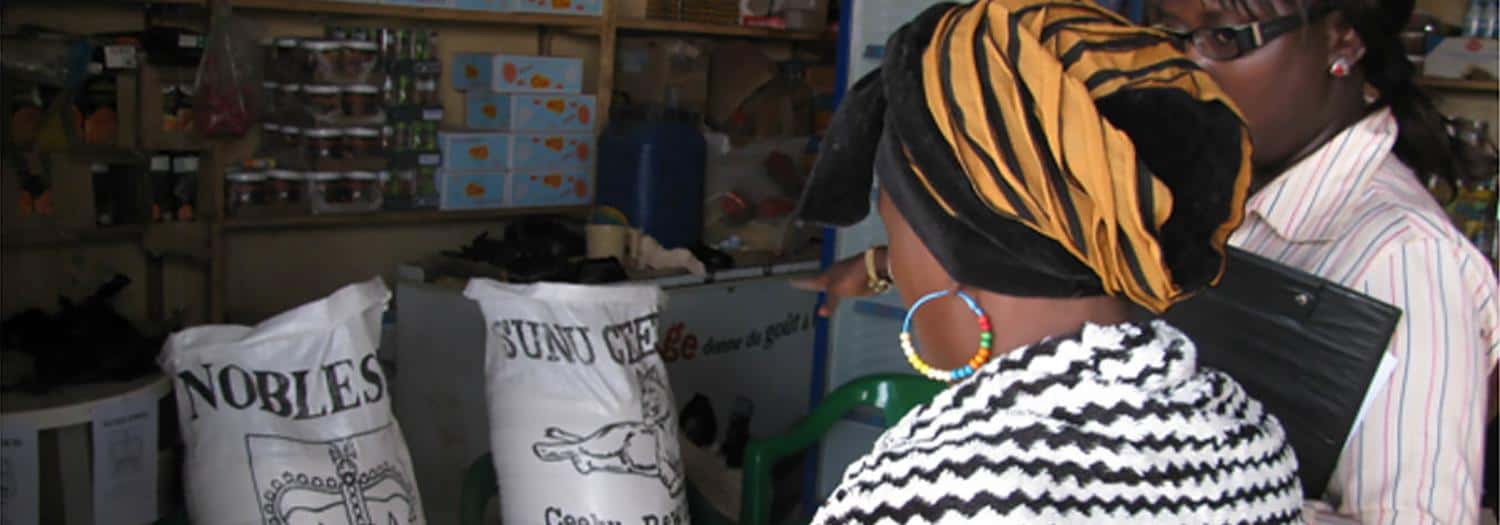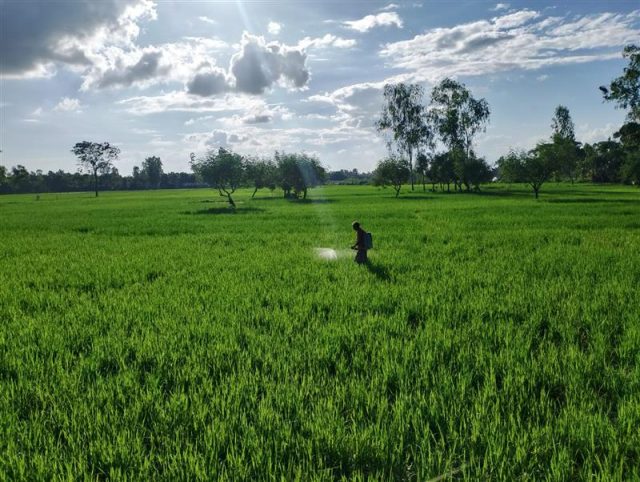Is COVID19 a threat to the stability of rice price and supply?
- From
-
Published on
08.04.20
- Impact Area

by Jean Balié and Harold G. Valera
As governments around the world are realizing the multiple connections between the COVID-19 health crisis and the global and local food systems, they are contemplating an array of policy decisions or already implementing preventive measures to protect food supply. In most cases, these measures are taken in autonomy and with little consideration for the global food systems and their interdependence.
Understandably, governments feel a sense of urgency to act. This arises from the rapid spread of the health crisis and the exponential rate of contamination of people by the coronavirus. Although there are established linkages between health and food systems, they are not the same. They operate under different timescales and conditions. In times of crisis, there is a need to look at the big picture and get a sense of proportion, possibly relying on market foresight.
In table 1 we show that the market fundamentals are robust. In the short term, there is no reason to expect supply problems. The last rice harvests were good or even better than expected globally. Stocks are high and much higher than what they were in 2008 and 2011. In China, which is both the main producing and importing country, the USDA estimates that rice stocks (unused rice kept in storage) have reached a record of 113 million tons just below the level of annual consumption. In India, the second-largest consumer and the first world exporter of rice, stocks are sufficient to cover several months of consumption. Hence, a shortage of rice is unlikely in the short run.
Table 1: Main rice market indicators
Variable
2019/2020 (million MT)
…
Related news
-

Cultivating climate-smart rice: How specific cultivars and smarter fertilizing can cut emissions and maintain yield
International Rice Research Institute (IRRI)19.11.25-
Climate adaptation & mitigation
-
Food security
By Bushra Humaira Sadaf A team of researchers from the Bangladesh Rice Research Institute (BRRI), I…
Read more -
-

Australia partners with International Livestock Research Institute to upskill researchers from Africa and Asia
International Livestock Research Institute (ILRI)13.11.25-
Food security
-
Poverty reduction, livelihoods & jobs
Australia has joined forces with the International Livestock Research Institute (ILRI) to support th…
Read more -
-

Next-gen rice lines top check varieties at 7.5 t/ha in ESA
International Rice Research Institute (IRRI)11.11.25-
Food security
MOROGORO, Tanzania (8 October 2025) — Elite rice lines are outperforming the current popular varie…
Read more -
